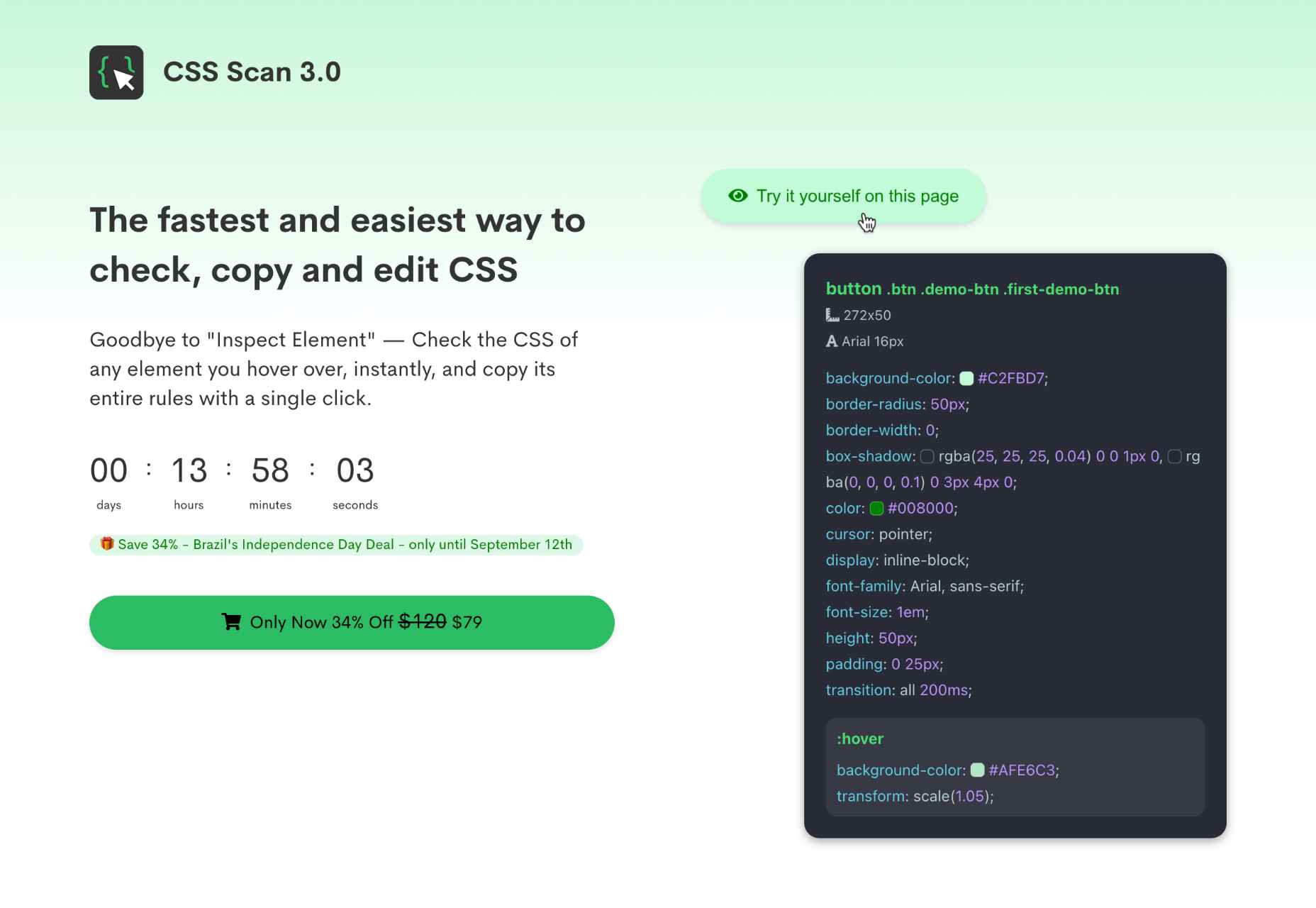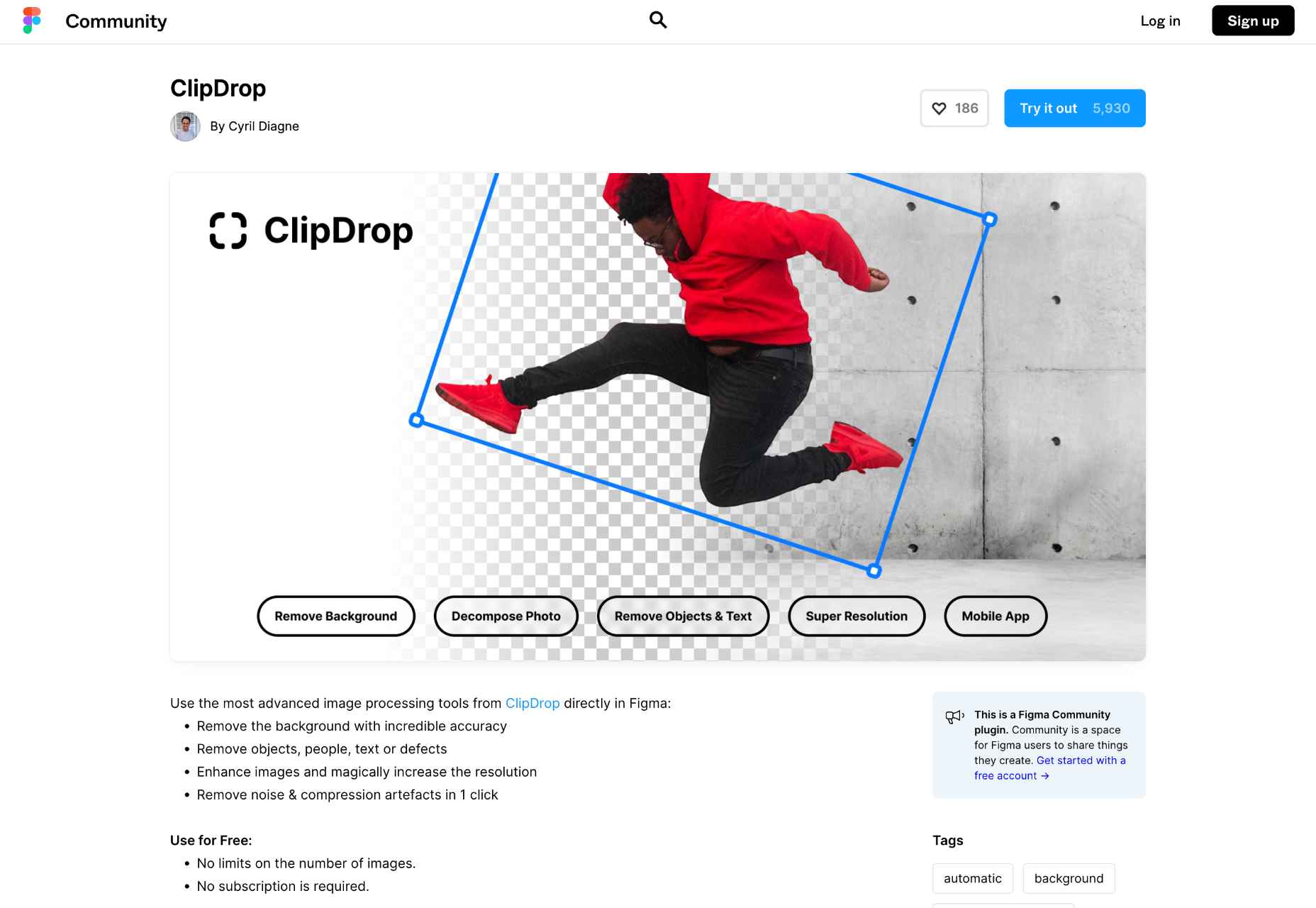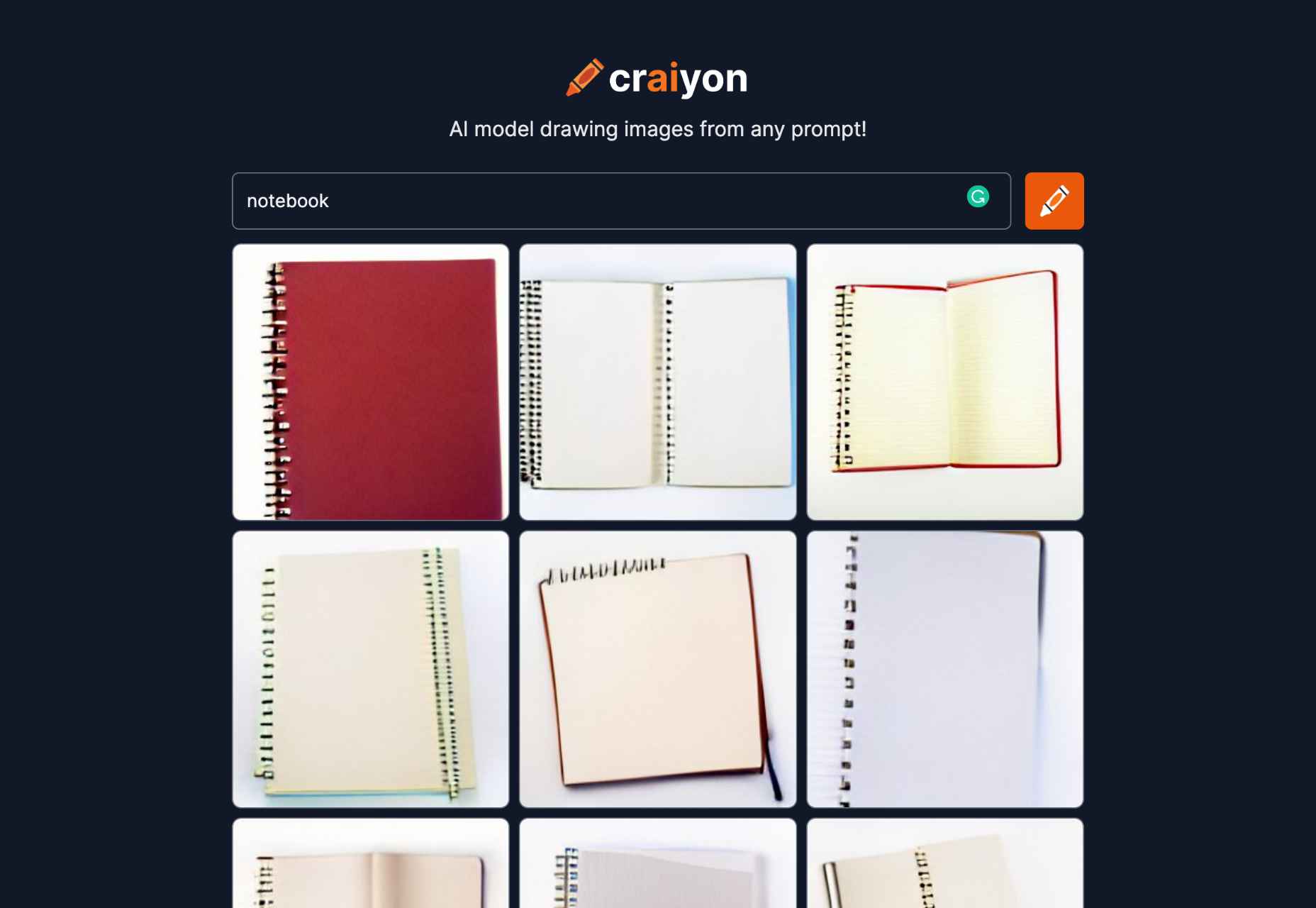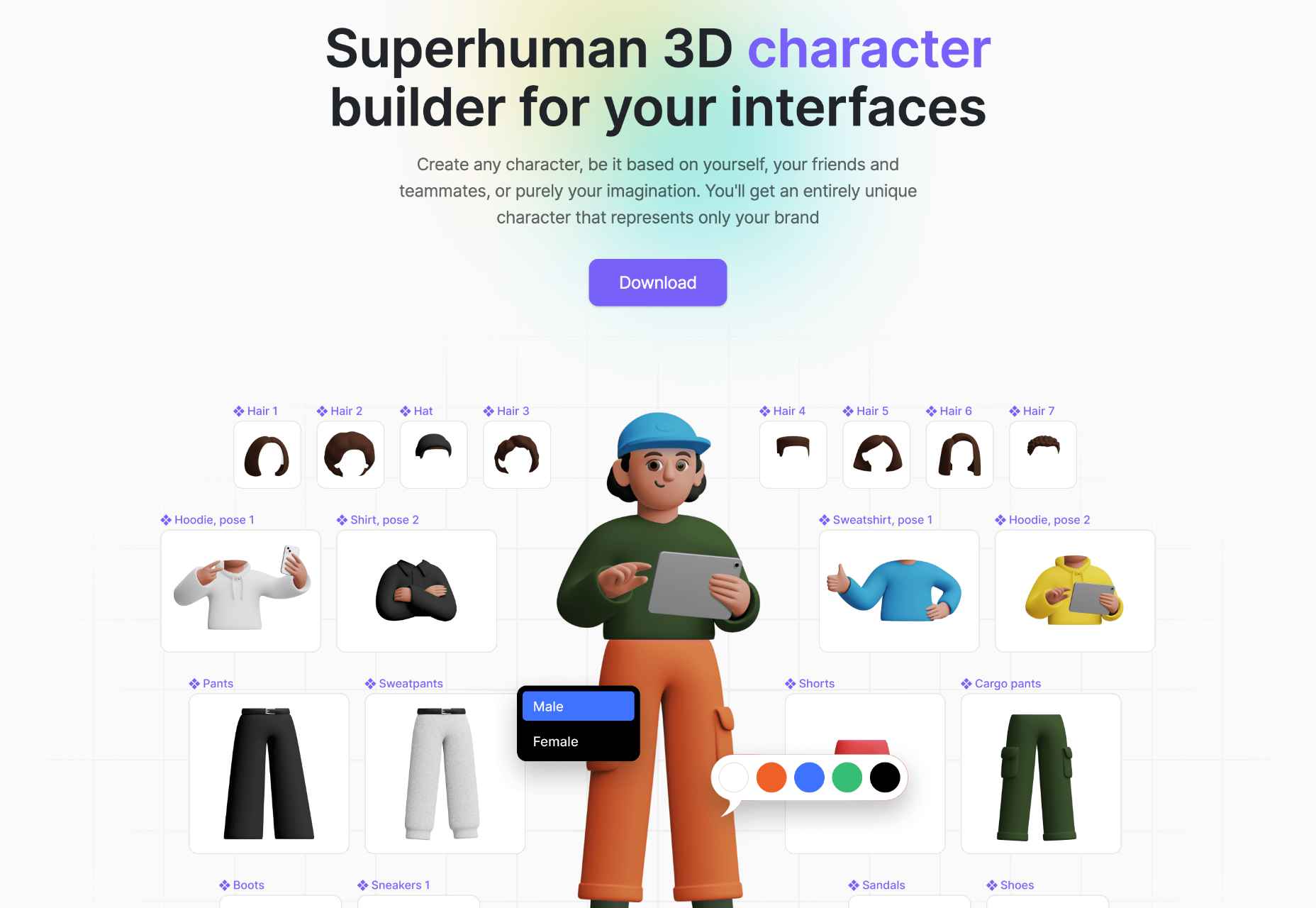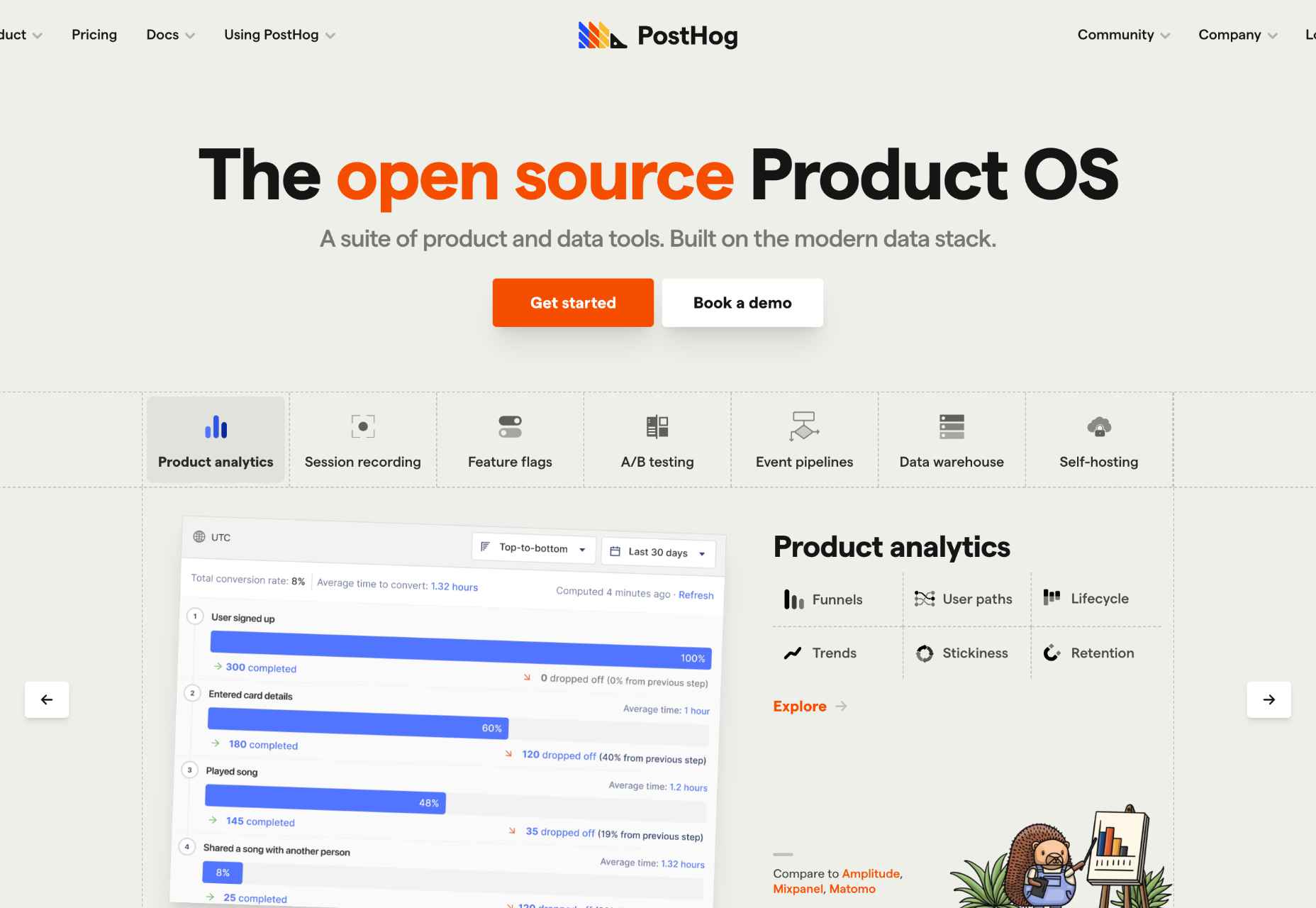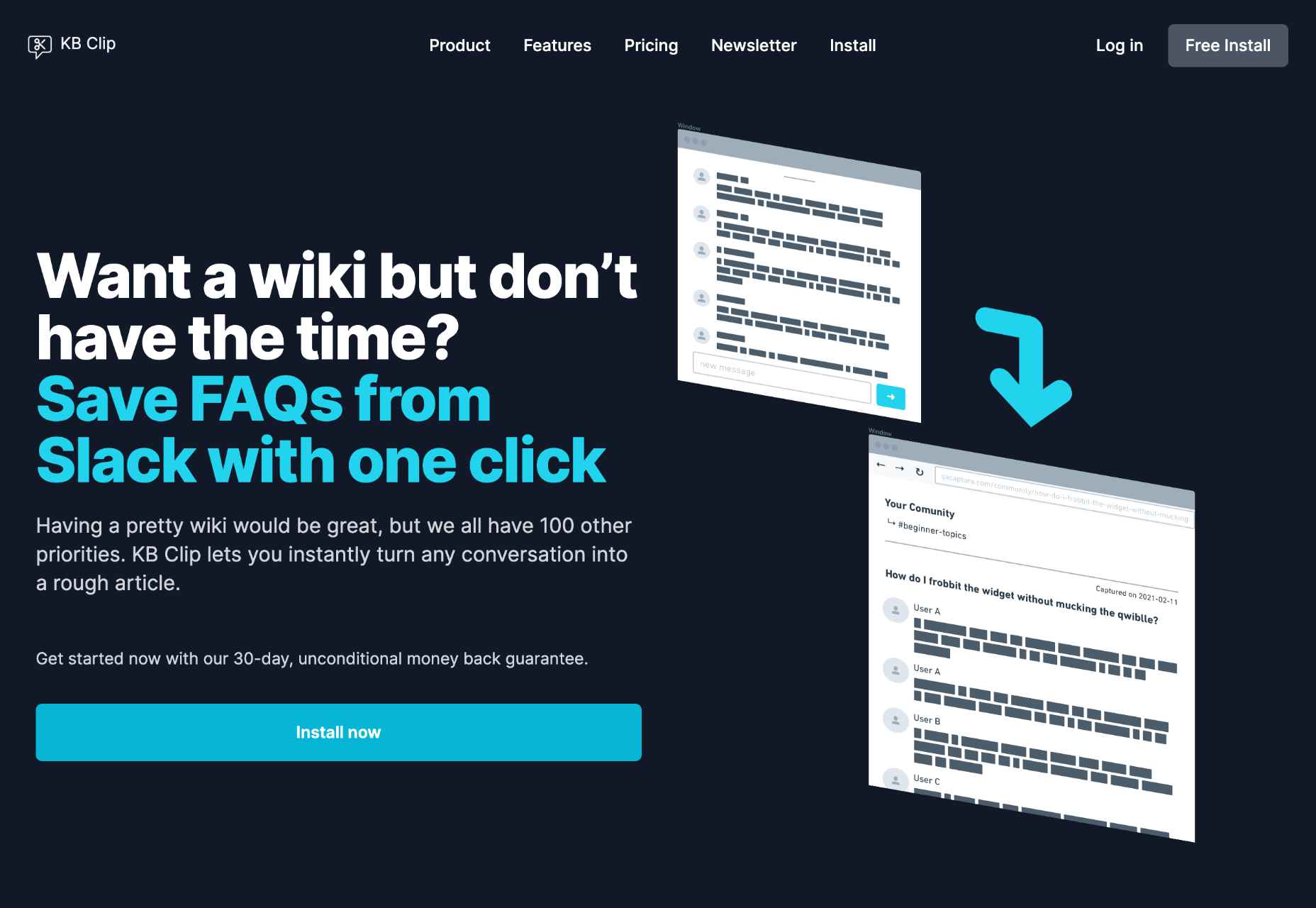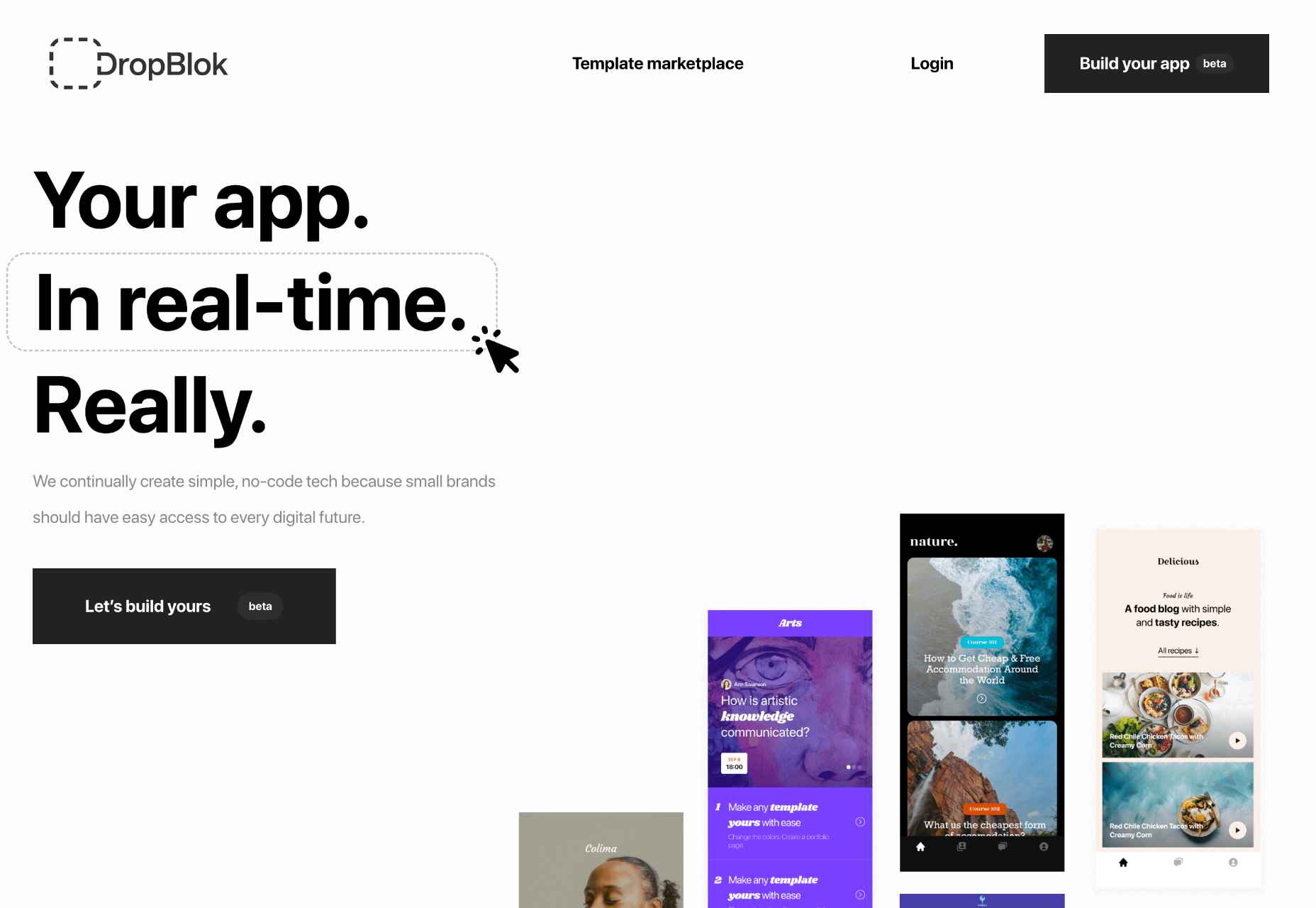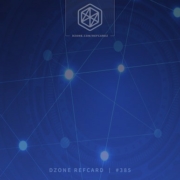Dans un marché de la distribution en pleine transformation, le leader mondial des logiciels d’entreprises va ainsi permettre à l’acteur incontournable de la meunerie en France et à l’International de faire évoluer ses outils, pour répondre aux nouvelles évolutions commerciales.
Paris, le 15 septembre 2022 – SAP a été choisi pour participer à la transformation des outils CRM de Grands Moulins de Paris (groupe VIVESCIA). Initiée en novembre 2020, cette collaboration trouve son origine dans la nécessité pour Grands Moulins de Paris de simplifier et faciliter le pilotage de l’activité commerciale des équipes.
Créée en 1919, cette entreprise de meunerie a depuis toujours su se développer et innover pour satisfaire au mieux ses clients, s’ancrant également dans une démarche pour une alimentation responsable. Aujourd’hui, avec un marché de la boulangerie artisanale très concurrencé, Grands Moulins de Paris avait besoin de disposer d’une base de données centralisée en un seul et même outil, permettant d’avoir une meilleure connaissance à la fois de ses clients et prospects.
Depuis avril 2021, Grands Moulins de Paris bénéficie d’une plateforme SAP Sales Cloud qui met l’accent sur les services suivants :
- un meilleur suivi de l’activité commerciale et de la flotte des commerciaux itinérants
- une automatisation des processus de suivi client
- une gestion facilitée et intelligente des données
Depuis la mise en place de ces outils intuitifs, le nombre de tickets informatiques a drastiquement réduit, et les retours des équipes utilisatrices au sein de Grands Moulins de Paris sont très positifs quant à la facilitation des tâches business.
Damien Loiseau, Directeur de Développement des Ventes chez Grands Moulins de Paris, déclare : « Nous comptons aujourd’hui 250 utilisateurs du nouveau CRM. En quelques clics, ils peuvent retrouver toutes les informations pour préparer une visite prospect ou accompagner leurs clients. Les fiches sont enrichies automatiquement d’informations légales et juridiques comme le nom du gérant, la solvabilité de l’entreprise, mais aussi des bons de livraison, commandes, factures, plan de livraison, etc. Nous disposons également de reportings clairs qui permettent désormais à chaque manager de suivre l’activité de son équipe en temps réel. L’outil facilite la recherche d’informations spécifiques au terrain, et toutes les activités nationales sont pilotées par des KPI. Ce nouveau CRM, c’est un gain de temps indéniable pour tous ! »
Samuel Gaudard, Account Executive Customer Expérience chez SAP, indique : « Nous sommes très heureux de la collaboration avec Grands Moulins de Paris. Ensemble, nous avons pu mettre en place les solutions les plus adaptées pour répondre rapidement et efficacement aux besoins uniques de leurs activités. »
Suite à un appel d’offre, SAP a su convaincre par la qualité de son service, son approche des coûts adaptée à la demande du client et la transparence des équipes en charge du projet. « Il nous fallait un outil fiable et simple à intégrer à notre SI existant », confirme Damien Loiseau.
Cet enjeu de CRM constitue la première étape d’un plan d’accompagnement complet entre SAP et Grands Moulins de Paris, qui se poursuivra avec l’intégration de la brique Service Client, puis de l’ensemble Marketing. Ainsi, à horizon 2023, l’expérience de Grands Moulins de Paris powered by SAP saura se montrer complète et cohérente pour aider à l’amélioration en temps réel de l’ensemble de ses services.
Visitez le SAP News Center. Suivez SAP sur Twitter @SAPNews.
The post SAP accompagne Grands Moulins de Paris pour accélérer la transformation de son CRM appeared first on SAP France News.


 Apple has released an OS update. Packaged in with it is the latest version of Safari, 16.
Apple has released an OS update. Packaged in with it is the latest version of Safari, 16.


 The Summer’s over, and we’re back at our desks to discover that the web’s best app builders, font designers, asset creators, and developers have been hard at work to deliver this bumper collection of exciting new tools for designers and developers.
The Summer’s over, and we’re back at our desks to discover that the web’s best app builders, font designers, asset creators, and developers have been hard at work to deliver this bumper collection of exciting new tools for designers and developers.